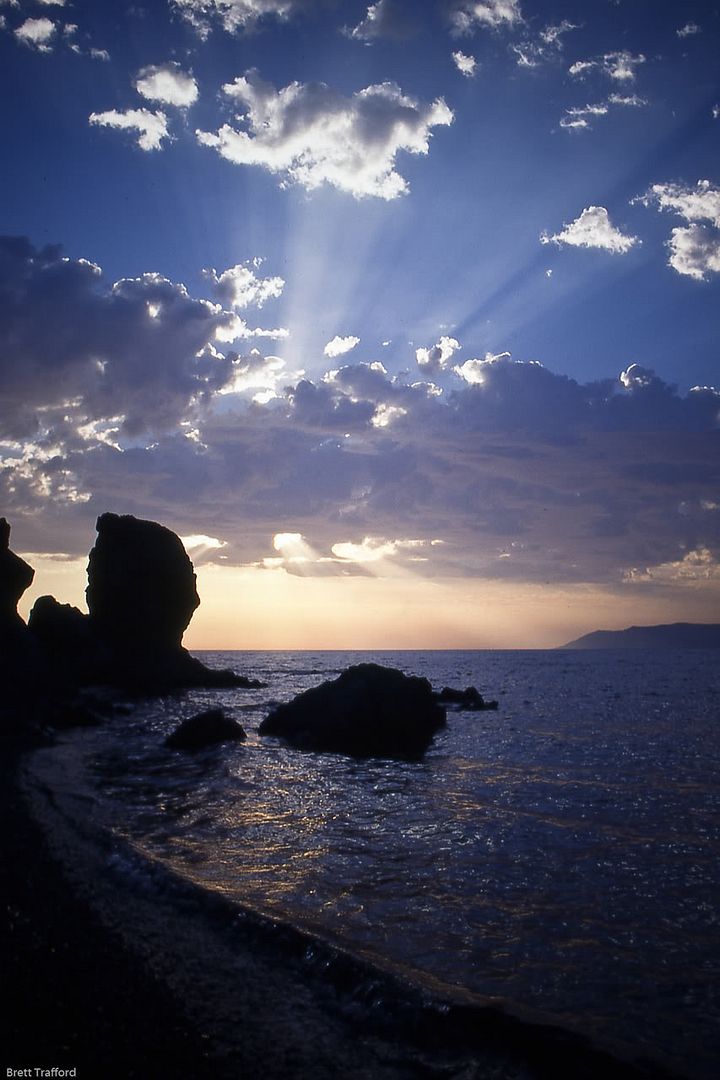
A camera is a tool, like an artist brush or a sculpture chisel, you should pick the right one for the job, unfortunately the decision normally comes down to one thing, money. So this lesson will explore cameras and try to point you to the best one for you.
Cameras can be split into hundreds of groups but for me they fall into 2 families and 2 types.
First the families, on one hand we have the nobility, film cameras, a long history and at their best unrivaled in quality, but like most nobility now a bit down on their luck. The second family is the nouveau riche, the young pretender, Digital cameras, still fresh and full of life, but mistrusted by the old guard as just being a flash in the pan.
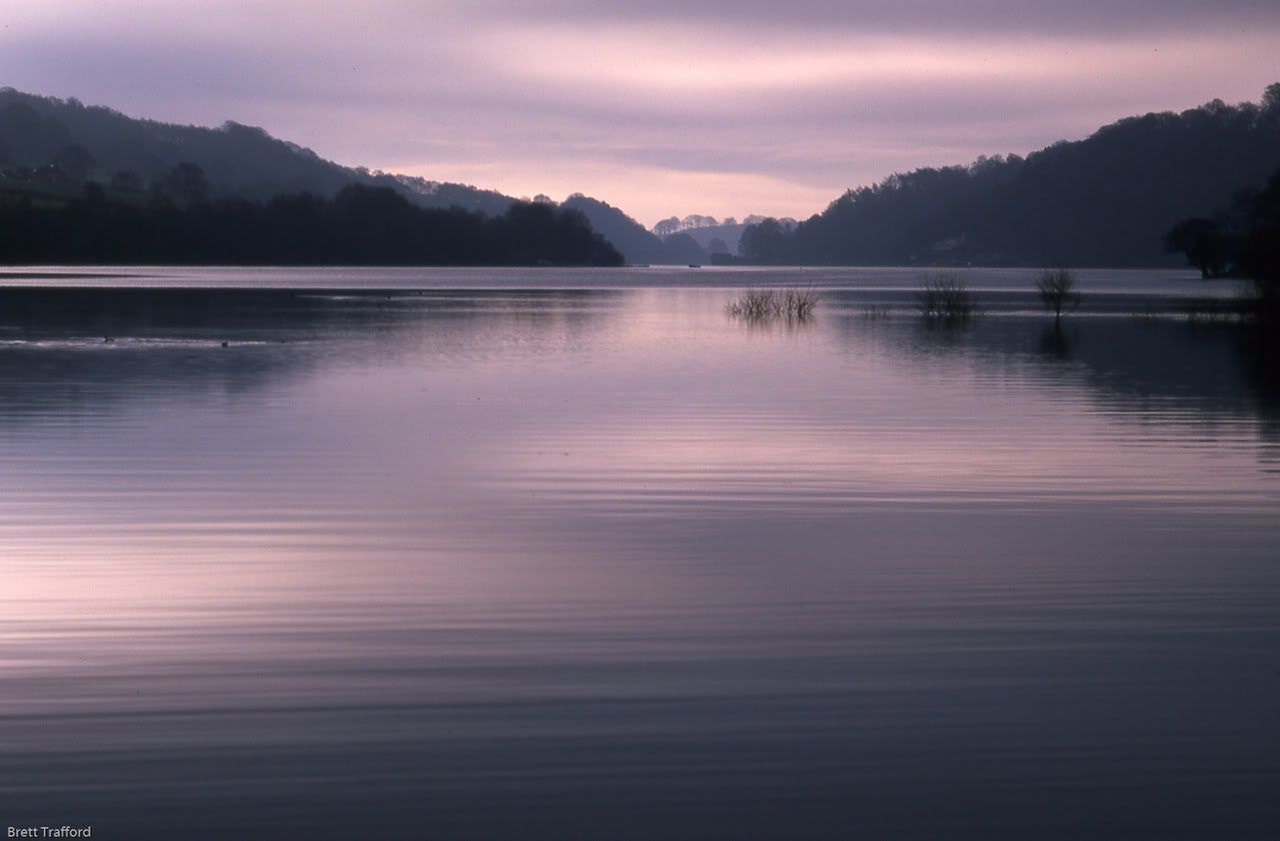
Now the types, the first is the SLR (single lens reflex) or normally referred to as a proper camera. Next the point and shoot camera, sometimes call a compact camera. Both types can be found in both families and can vary in quality and price.
So how to choose, well as I said cameras are just tools, so to know what camera you want, you need to know what job it is needed for, and which camera will do that job the best.
Camera families
Film or Digital, that is the question. With film, even with the cheapest camera, you have the ability to use high quality film, giving an image unreachable in detail by even the best digital cameras. So if quality of image and detail is what you need then film still has the edge, but it comes at a price, everything has to be spot on, you wont know if you have got it right till the film comes back and each time you press that button it costs you money. On the plus side it’s a great incentive to learn to do it right.
Digital, less image quality although it is coming on in leaps and bounds, the cameras are getting cheaper, giving people access to what was only available to the top photographers only 5 years ago. The plus side here is that you see your photo instantly and it cost you nothing to take a shot, I’ve used the equivalent of 277 films in a year that would have cost me £2777 just to see the photos. With digital the image is ready to put on your computer and share with the world, with film you have to scan it, which means a reduction in the quality that gives it the edge.
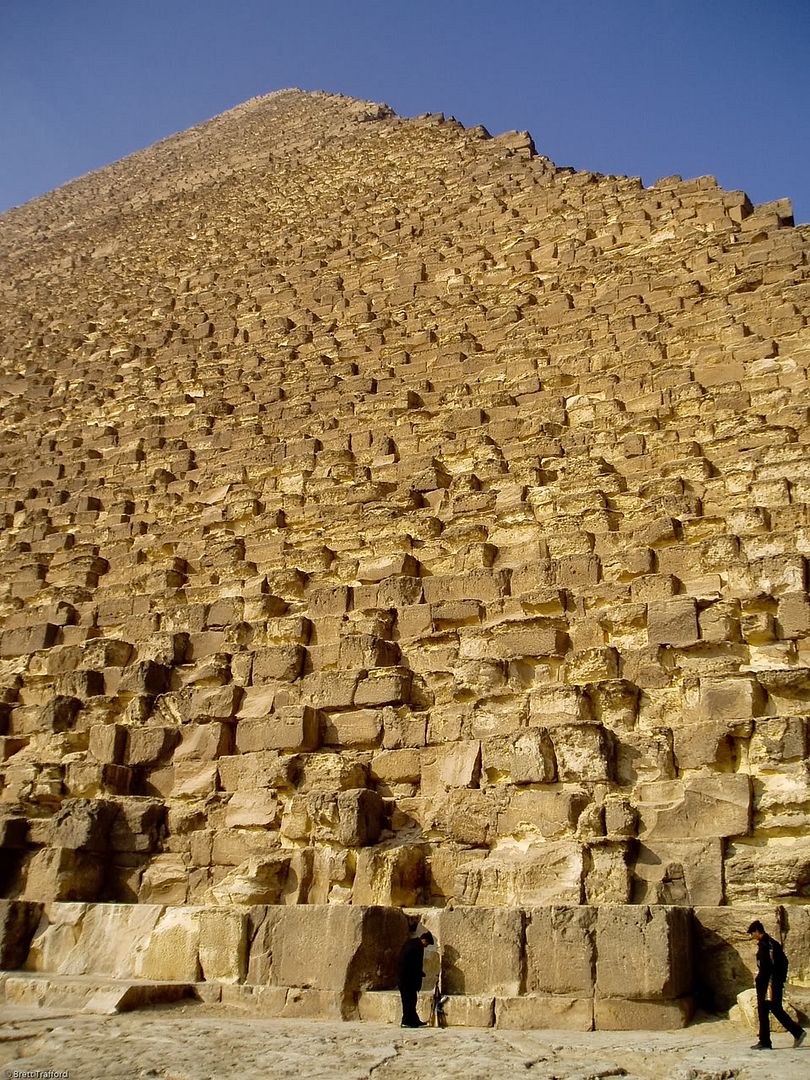
Film is great and as more people switch to digital you can really pick up a bargain in the second hand camera market, if you want to learn the hard way then this is it, the end result will be a good photographer, but a poorer one as the cost of taking loads of photos will add up.
With digital you will be able to take good photos faster, but its up to you if you become a good photographer, take enough photos and some will work even if you have no clue as to what you have done, the danger is that it is so easy you wont learn how it works, something you cannot afford to do with film.
Camera types
Single Lens Reflex (SLR)
These cameras are what most people think of as a proper camera, they normally come as a body, holding all the working parts, and a separate lens, which is usually part of a group that will fit the body giving different focal lengths (how close or far away the subject looks). These are the cameras you want if you are looking to do a larger range of things, the changing lenses and range of controls you normally get gives you the most scope when taking photos. The big drawback is size and weight, not to mention cost, to carry one of these with all the attendant kit can be quite a chore and can make you stand out, not good in some areas.
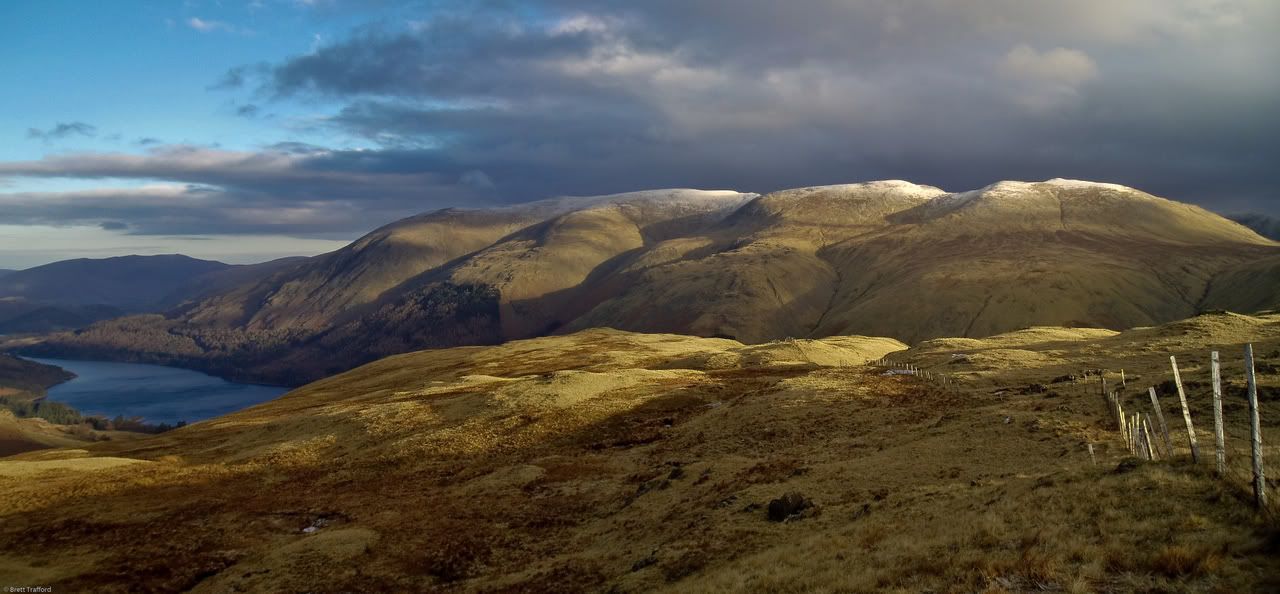
Compact Cameras
These start at the very bottom of the scale with disposable cameras, running on to high end all singing and dancing models. Cost equals quality in these, but not always in the picture, the more expensive the better some feature will be, but if that is an important one for you is another matter. Take build quality, you pay more for a metal body and waterproofing, but if you are using it inside you could skip that model and spend the same amount on one with a better lens. Compacts are great for most normal shots, families, parties and holidays, they don’t give you full control, but can go nearly anywhere without you being buried under tons of equipment.
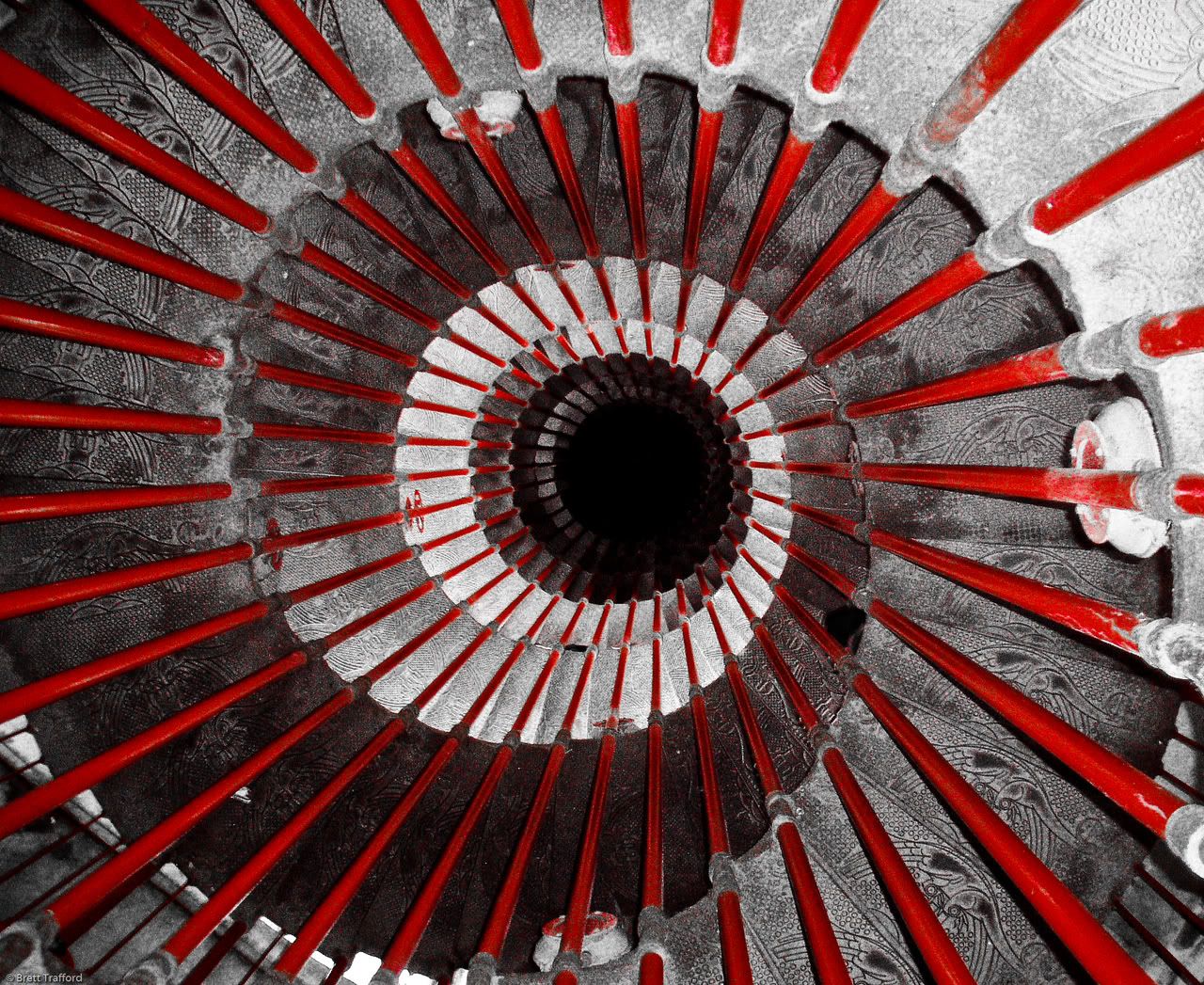
Which is best? There is no best camera; it is down to the job you want it to do. After years working in the camera trade I have seen people throw money at the best kit, when a camera at a fraction of the price would have done a lot better job. Think in terms of cars, a Lamborghini is a lot more expensive than a jeep, but which would you take off road? Cost and quality do not mean it right for the job, the good news is, most of the things you need to take a good picture come from the photographer not the camera. Holding the world’s most expensive chisel will not make you a sculpture, learning how to use one might.
Note on the photos, from top to bottom
Cheap film compact
Film SLR
Digital compact
Digital SLR
Digital compact







7 comments:
AMAZING PHOTOS!!!!!!! eehhhh *-* so beautiful....
All good things to know Brett - and yes - stunning photos.
Wow - Your pictures convince me - its the photographer, not the camera! Beautiful. Thank you.
cool pyramid shot, 'mabruk' (congratulations!)
All I can say is 'Wow ...'
I found this fascinating! I'm delighted with the clarity provided by my digital - but it's many years since free to use film!
Your photos are excellent.
Great posts. Helpful with amazing pictures to inspire
Post a Comment